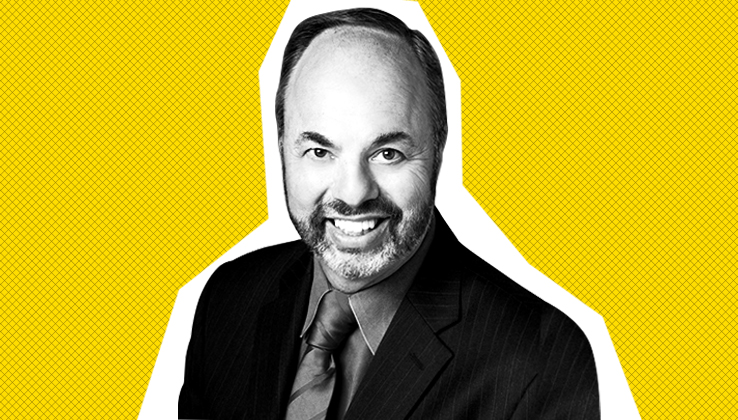Save 50% on a 3-month Digiday+ membership. Ends Dec 5.
News industry analyst Ken Doctor: ‘People will pay for quality content’

Subscribe: iTunes | Stitcher | RSS
This has been yet another turbulent year in the media industry, and publishers have pivoted to wherever they found potential for ad dollars or an alternative revenue model. Some are experiencing success with subscription models, particularly those with a legacy of trust and quality associated with their names, like The New York Times.
“People will pay for quality content. When the Times launched a paywall in 2011, people joked about it and said it would never work,” said Ken Doctor, a news industry analyst, on this week’s Digiday Podcast. “But even since before the Trump bump, we’ve seen that higher-quality legacy publications can get people to pay.”
Doctor discussed subscriptions for local news publishers, FCC decisions, the problem with digital-only models, Tronc and more in the episode. Below are highlights, edited for clarity.
FCC decisions will have major implications
“For decades, you couldn’t own a newspaper and a TV station in the same area. [An] FCC decision allowed Sinclair to get much bigger as a TV broadcaster. There’s a series of FCC decisions coming that will favor a few big roll-up TV companies. It is going to be the beginning of major consolidation, and the journalistic and reader implications of this have not been covered.”
Chances of government intervention in the duopoly are slim
“Facebook and Google are dominating even more of digital advertising. Digital display slowdown is now a point of reckoning for all media. [The] chances of governmental intervention in the Facebook-Google duopoly are very, very small. It’s not a new issue. Nobody knows how to think about this. What does domination mean in the digital world?”
Ad position: web_incontent_pos1
The dilemma with digital-only local news
“The problem with the digital-only model is that we don’t yet see a willingness for consumers to pay for local digital news. They’ll pay for a legacy company but not local startups. What’s going to get someone to pay for local news? It comes down to habit. If there is a habit developed, paying for it is not a big deal. You have to be on [the first screen of phones] the way the Times is.”
Tronc does not have a new strategy
“They put a video on every page; they did a bunch of widget deals on self-playing audio — the pivot to autoplay. It was madness. It didn’t work commercially. Their audiences have been down. But at the same time, these newspapers, especially the LA Times, have done some great journalism.”
We’re hosting our first live podcast at the next Digiday+ member event on Dec. 5 at Vox Media’s offices in New York City. Digiday editor-in-chief Brian Morrissey will interview Vox Media CMO Lindsay Nelson and discuss driving sustainable business growth, female leadership and navigating a fast-changing, complex media landscape. Become a Digiday+ member now to attend.
More in Media

What publishers are wishing for this holiday season: End AI scraping and determine AI-powered audience value
Publishers want a fair, structured, regulated AI environment and they also want to define what the next decade of audience metrics looks like.

Digiday+ Research Subscription Index 2025: Subscription strategies from Bloomberg, The New York Times, Vox and others
Digiday’s third annual Subscription Index examines and measures publishers’ subscription strategies to identify common approaches and key tactics among Bloomberg, The New York Times, Vox and others.

From lawsuits to lobbying: How publishers are fighting AI
We may be closing out 2025, but publishers aren’t retreating from the battle of AI search — some are escalating it, and they expect the fight to stretch deep into 2026.
Ad position: web_bfu



